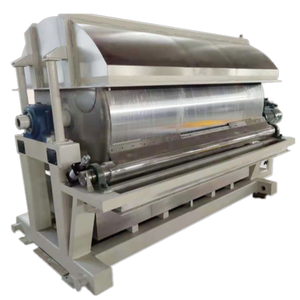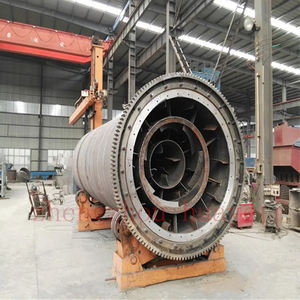Heavy machinery represents a critical category of equipment fundamental to modern construction, mining, agriculture, resource extraction, and large-scale infrastructure development. Defining precisely what constitutes “heavy machinery” involves considering several interrelated factors beyond simple physical dimensions or weight, though these are significant indicators. Fundamentally, heavy machinery is characterized by its immense power, substantial size and mass, complex engineering, specialized function, and the requirement for skilled operation, often within demanding industrial environments.
(what counts as heavy machinery)
The primary hallmark is the sheer scale and power output. These machines possess large displacement internal combustion engines, frequently diesel-powered, or complex hydraulic systems generating hundreds of horsepower. This power is necessary to overcome significant inertia, move massive loads, or exert tremendous force to manipulate earth, rock, or other heavy materials. Consequently, their physical footprint is substantial. Weights often range from several tons to hundreds of tons, with correspondingly large dimensions requiring significant operational space. This inherent size and power necessitate robust structural design using high-strength steel and advanced engineering to withstand immense stresses and ensure durability under punishing conditions.
Function defines heavy machinery as much as form. These are purpose-built machines designed for specific, demanding tasks that smaller equipment cannot perform economically or practically. Core functions include earthmoving (excavating, grading, loading, hauling), material handling (lifting, transporting extremely heavy objects), demolition (breaking down large structures), paving (laying asphalt or concrete at scale), and resource extraction (drilling, mining, forestry). Their design integrates specialized attachments or implements – buckets, blades, booms, rippers, hammers, grapples – transforming the base machine into a highly effective tool for its intended application. The complexity of these integrated systems, involving sophisticated hydraulics, transmissions, and control systems, further distinguishes them from simpler equipment.
Mobility is another key differentiator. While some heavy machinery is stationary or track-mounted (like large cranes or tunnel boring machines), much of it is designed for mobility within a worksite. This mobility, however, is distinct from standard highway vehicles. Tracked undercarriages provide superior traction and ground pressure distribution on unstable terrain. Articulated frames enhance maneuverability in confined spaces. Large, specialized tires offer flotation on soft ground. Operating these mobile giants requires specialized training and licensing due to their unique handling characteristics, blind spots, and the potential hazards they pose.
Examples unequivocally falling under the heavy machinery umbrella include hydraulic excavators (especially mid-size and larger models), crawler and wheeled bulldozers, large wheel loaders, off-highway dump trucks (articulated and rigid frame), motor graders, crawler cranes, tower cranes, large mobile cranes, piling rigs, tunnel boring machines, large asphalt pavers, compactors (sheepsfoot, padfoot, smooth drum rollers), and mining equipment like haul trucks and hydraulic shovels. Attachments like hydraulic hammers or crushers, when mounted on such prime movers, become integral components of the heavy machinery system.
It is important to note the distinction from agricultural machinery like large tractors or combines, which, while powerful and large, are designed for different primary tasks and operational environments. Similarly, military vehicles, while potentially sharing characteristics, serve a distinct purpose. The context of industrial-scale material manipulation, construction, or extraction remains central to the heavy machinery classification. Furthermore, operational complexity and the requirement for significant infrastructure support – fuel supply, maintenance facilities, transport logistics via specialized trailers – underscore their heavy designation.
(what counts as heavy machinery)
In essence, heavy machinery is defined by its convergence of immense power, substantial size and mass, complex engineering tailored for demanding tasks, specialized functionality often involving significant force application or material movement, and the necessity for skilled operation within industrial settings. These machines are the indispensable workhorses that physically shape our built environment and extract vital resources, distinguished by their capability to perform tasks far beyond the reach of lighter equipment. Their design, operation, and maintenance represent a significant domain within mechanical engineering practice.


